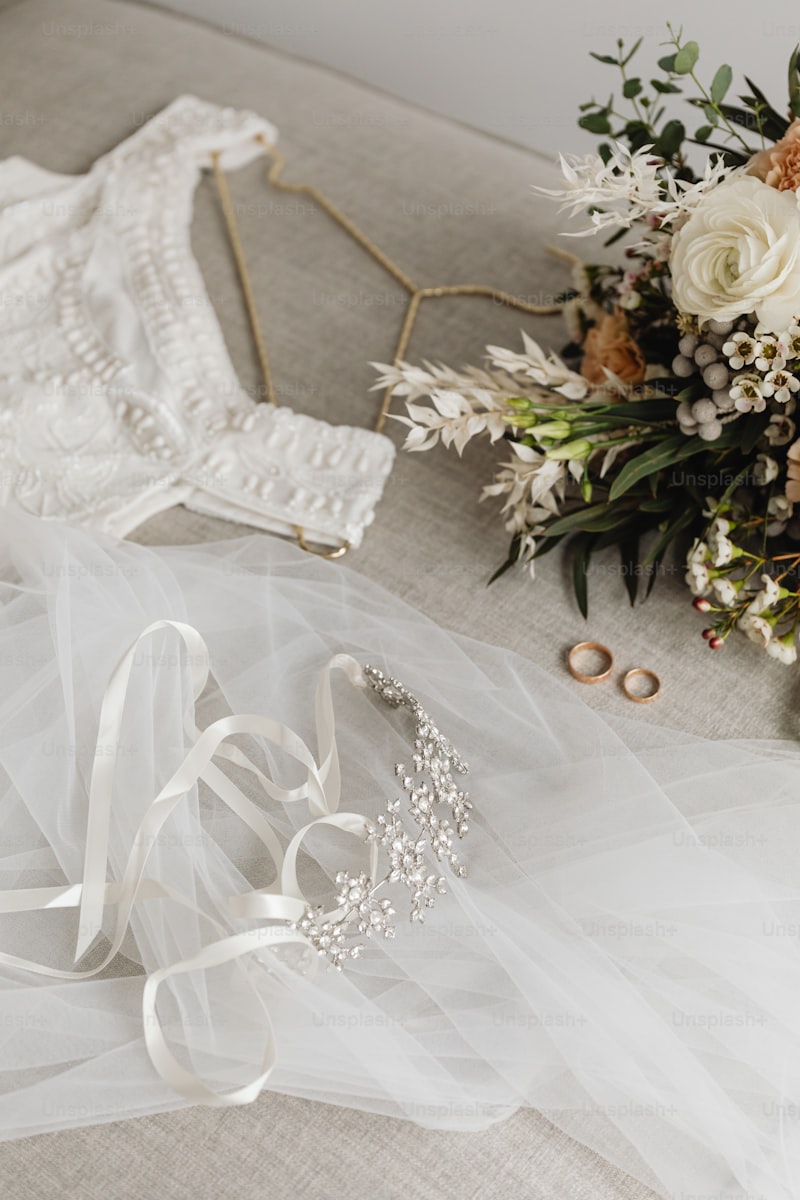Bridal Size and Dress Style Compatibility: A Comprehensive Guide for the Perfect Wedding Ensemble
Understanding Bridal Size and Dress Style Compatibility
Choosing the perfect wedding dress is one of the most exciting yet challenging parts of planning a wedding. With countless styles, fabrics, and sizes available, brides-to-be often find themselves overwhelmed with choices. This guide explores the essential factors that determine the compatibility between bridal size and dress style, resulting in a breathtaking and flattering wedding day look.
The Importance of Bridal Sizes
Bridal size plays a crucial role in the overall look and feel of a wedding dress. Unlike regular dresses, bridal gowns often follow their sizing charts, which can differ significantly from everyday clothing. Understanding your bridal size is paramount to ensure a comfortable fit on one of the most important days of your life.
Key Factors in Determining Bridal Size
| Factor | Description |
| Body Measurements | Accurate body measurements (bust, waist, and hips) are essential for selecting the right size. |
| Designer Differences | Each designer may have unique sizing standards that do not align with traditional sizes. |
| Dress Style | The cut and silhouette of the dress can influence the perception of size and fit. |
| Fabric Type | Different fabrics stretch and drape differently, impacting how a dress fits on the body. |
Types of Bridal Dresses
Bridal dresses come in various styles, each catering to different body shapes. Understanding how these styles work with specific sizes can help you make a wise choice. Here's a breakdown of popular bridal dress styles:
A-Line Dresses
A-line dresses are universally flattering and often recommended for brides of all sizes. The fitted bodice and flared skirt create a balanced silhouette, making them a popular choice for those looking to emphasize their waist while disguising the hips. This style works well for brides with varying body types, including pear-shaped and hourglass figures, making it a versatile option.
Ball Gown Dresses
Ball gowns are perfect for brides dreaming of a fairy-tale wedding. This style features a fitted bodice and a voluminous skirt, making it ideal for creating an hourglass silhouette. However, brides should consider their size carefully, as this style can sometimes create a bulky look for smaller sizes. For larger sizes, a well-structured ball gown can provide support and elegance.
Mermaid Dresses
Mermaid dresses hug the body and flare out at the knees, showcasing curves in all the right places. This style is most compatible with brides who have an hourglass figure and wish to highlight their curves. However, brides with more defined waistlines should ensure the dress fits correctly to avoid discomfort on the big day.
Sheath Dresses
Sheath dresses are designed to follow the natural shape of the body. These elegant dresses work well for petite frames as they create a sleek silhouette. However, curvier brides should be cautious, as this style can highlight areas they may prefer to minimize. Choosing strategic embellishments or patterns can help distract from areas of concern.

Choosing the Right Dress Style for Your Body Type
Understanding your body type can significantly influence the choice of dress style. Here are tips for selecting the best bridal dress style that aligns with your size:
Pear-Shaped Body
If you have a broader hip measurement compared to your bust, consider A-line or ball gown dresses that accentuate the waist while allowing for comfort around the hips. Adding a structured bodice can also enhance an elegant silhouette.
Apple-Shaped Body
For an apple-shaped body, opting for dresses that draw attention to the legs can be flattering. A-line dresses with flowy fabrics can create a balanced look, while the addition of wrapping fabrics around the midsection can provide support.
Hourglass Body
The hourglass body type benefits from choosing dresses that emphasize curves, such as mermaid or fitted styles. Consider dresses with a defined waist that celebrate your natural silhouette.
Petite Body
Petite brides should opt for dresses that elongate their figure. Sheath or high-waisted A-line dresses can create an illusion of height, while avoiding excessive volume around the hemline.
Tips for Trying on Wedding Dresses
When trying on wedding dresses, keep the following tips in mind to ensure the best fit and style compatibility:
- Bring the Right Underwear: The right undergarments can enhance the overall fit of the dress.
- Consider Comfort: Ensure you can move comfortably in the dress, especially when walking down the aisle or dancing at the reception.
- Don't Hesitate to Alter: Most bridal shops offer alterations; don't be afraid to ask for adjustments to make the dress fit perfectly.
- Focus on the Overall Look: Pay attention to how the dress style works with your overall wedding theme and venue.
Conclusion: Making the Perfect Choice
Understanding bridal size and dress style compatibility is essential for choosing the ideal wedding gown. Each bride is unique, and the right style can enhance your beauty, complement your body type, and reflect your personal style on your special day. Remember to take your time, consider your options, and seek expert advice if needed. Accessories and alterations can further enhance your chosen style, ensuring you're not only beautiful but also comfortable as you say "I do".
In summary, prioritize your body type and size when selecting a bridal gown. Each style offers its strengths, and with these considerations in mind, you'll be well on your way to discovering a dress that makes your heart sing.
Final Note: Invest the necessary time in exploring different styles and keep an open mind to various options. Your perfect wedding dress awaits!